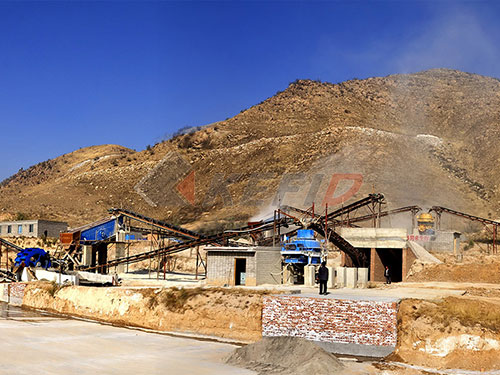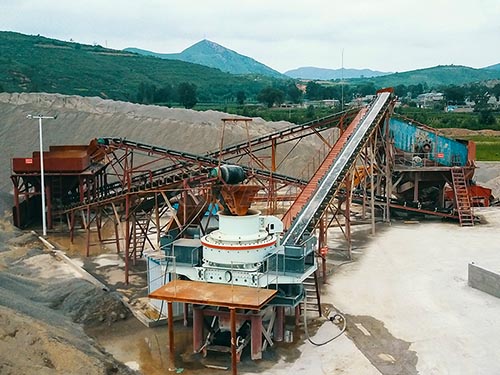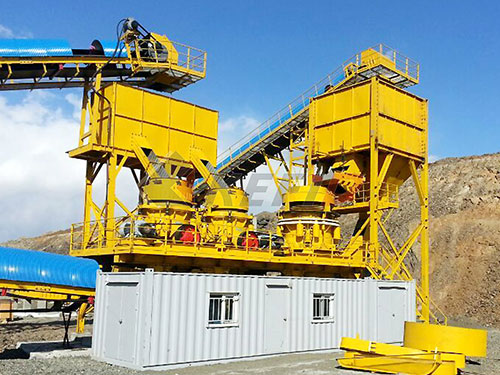Demystifying the Cost Sheet: A Critical Tool for Crusher Company Profitability
For any manufacturer, particularly in the capital-intensive world of crusher production, understanding where every dollar is spent isn’t just good practice – it’s fundamental to survival and growth. The Cost Sheet serves as the financial X-ray machine for a crusher company, revealing the intricate anatomy of product costs and providing the insights necessary for informed decision-making. Far from being a mere accounting exercise, a well-structured cost sheet is a strategic management tool.

Why the Cost Sheet is Indispensable for Crusher Manufacturers
1. Precise Product Pricing: Crushers represent significant investments. Guessing on price can lead to lost sales (if too high) or crippling losses (if too low). The cost sheet provides the factual foundation for setting prices that cover all expenses and generate a sustainable profit margin.
2. Cost Control & Reduction: By breaking down costs into specific categories (materials, labor, overheads), management can pinpoint areas of inefficiency or unexpected expense increases. Is steel plate pricing volatile? Are welding hours exceeding estimates? The cost sheet highlights these issues for targeted action.
3. Profitability Analysis: It allows the company to determine the true profitability of different crusher models, sizes, or custom configurations. This insight is crucial for focusing sales efforts, optimizing the product mix, and discontinuing unprofitable lines.
4. Informed Decision Making: Should we invest in automated welding? Is outsourcing certain components viable? Can we absorb a raw material price hike? The cost sheet provides concrete data to evaluate these strategic choices.
5. Budgeting and Forecasting: Historical cost data from past sheets is vital for creating accurate future budgets and financial forecasts.
6. Performance Measurement: Comparing actual costs recorded on the cost sheet against standard or estimated costs reveals variances. Analyzing these variances helps evaluate operational efficiency and identify improvement opportunities.
Decoding the Components: What Goes Into a Crusher Cost Sheet?
A comprehensive cost sheet for a crusher company typically includes several key elements:

1. Prime Costs (Directly Attributable to Production):
Direct Materials: The physical components constituting the crusher:
Steel Plate & Structural Sections (major component)
Castings (e.g., jaw plates, mantles, concaves – often high-wear items)
Bearings (large, heavy-duty)
Shafts & Rotors

Leave a Reply